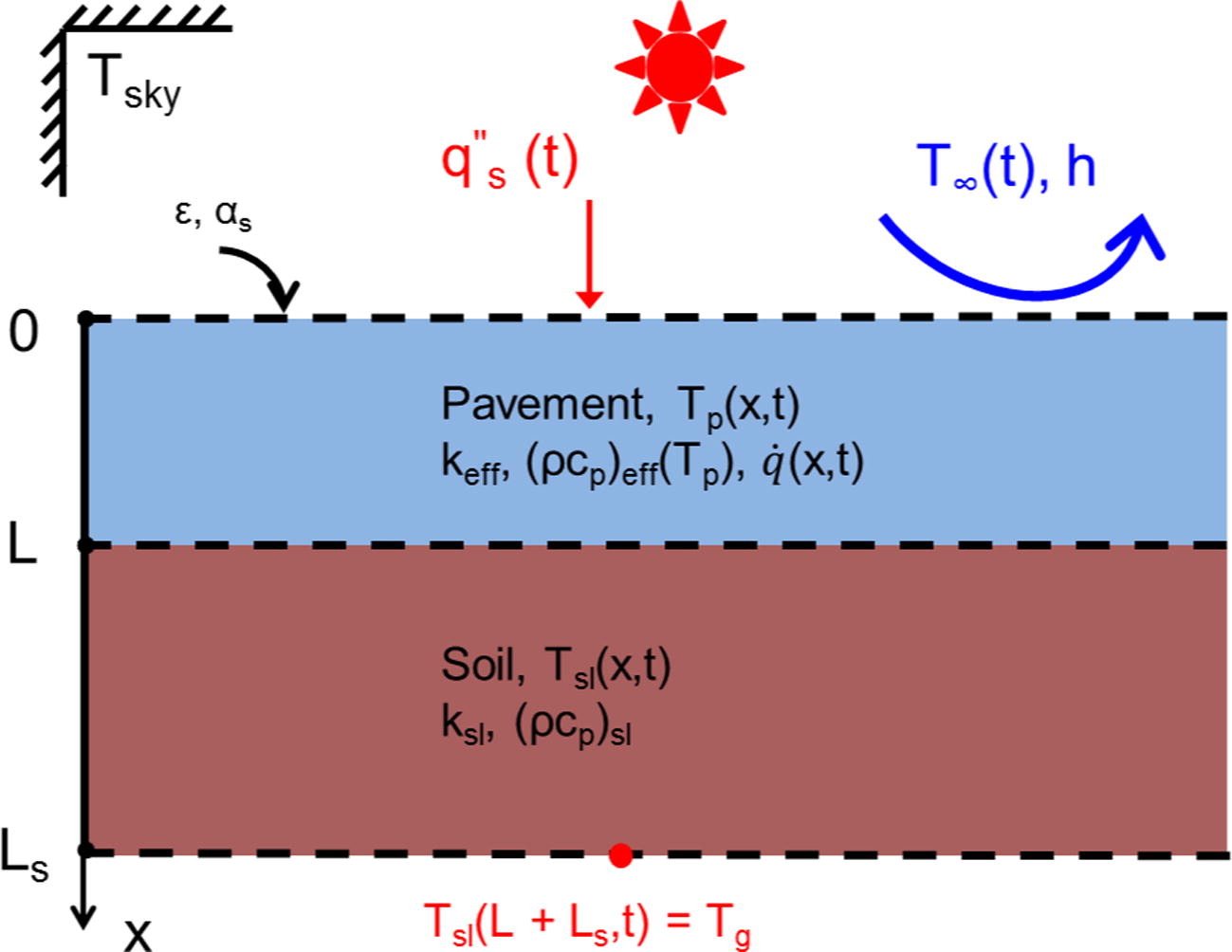Early-age temperature evolutions in concrete pavements containing microencapsulated phase change materials
Abstract
This study examined the benefits of adding microencapsulated phase change materials (PCMs) to concrete pavement sections so as to limit temperature rise and the development of temperature gradients due to exothermic cement hydration reactions and environmental exposure at early-ages. Isothermal calorimetry measurements of the heat generation rate associated with cement hydration as a function of time and temperature were carried out. A transient 1D thermal model of a pavement section was developed to simulate the temporal evolution of temperature within PCM-containing pavement sections exposed to realistic climate conditions. The results highlight that while the low thermal conductivity of typical organic PCMs may be undesirable, the PCM’s latent heat capacity ensures substantial reductions in early-age temperature rise and the spatial temperature gradients developed within the pavement. In addition, a selection criterion is proposed to choose a PCM’s phase change temperature based on its melting temperature window and the concrete temperature at the time of placement. It is noted that choosing a PCM with a phase change temperature equal to the concrete’s placement temperature plus one-half of the melting temperature window provides the largest reduction in peak pavement temperature. The results provide original insights that are needed to design crack-resistant pavements containing PCMs.
